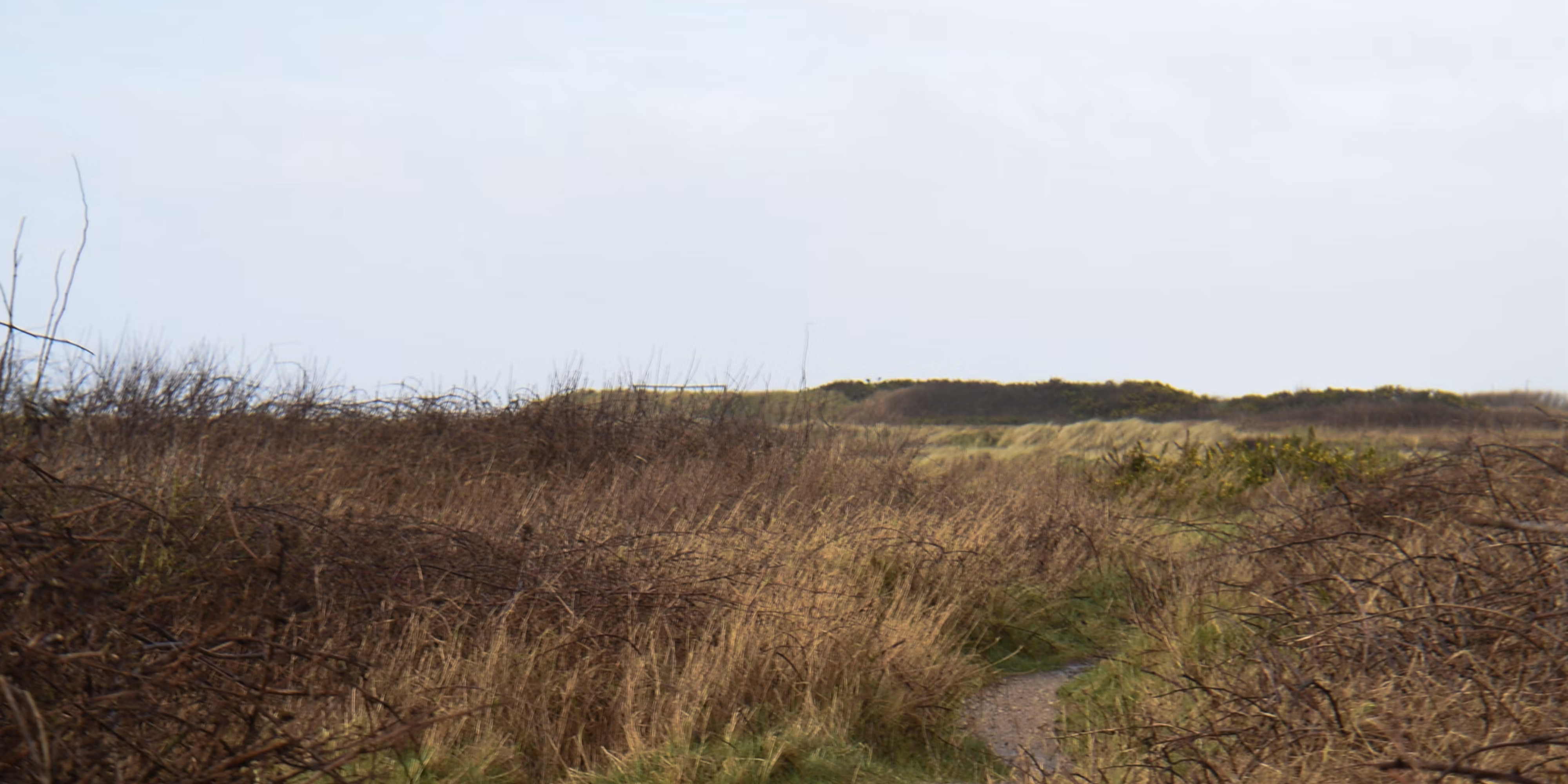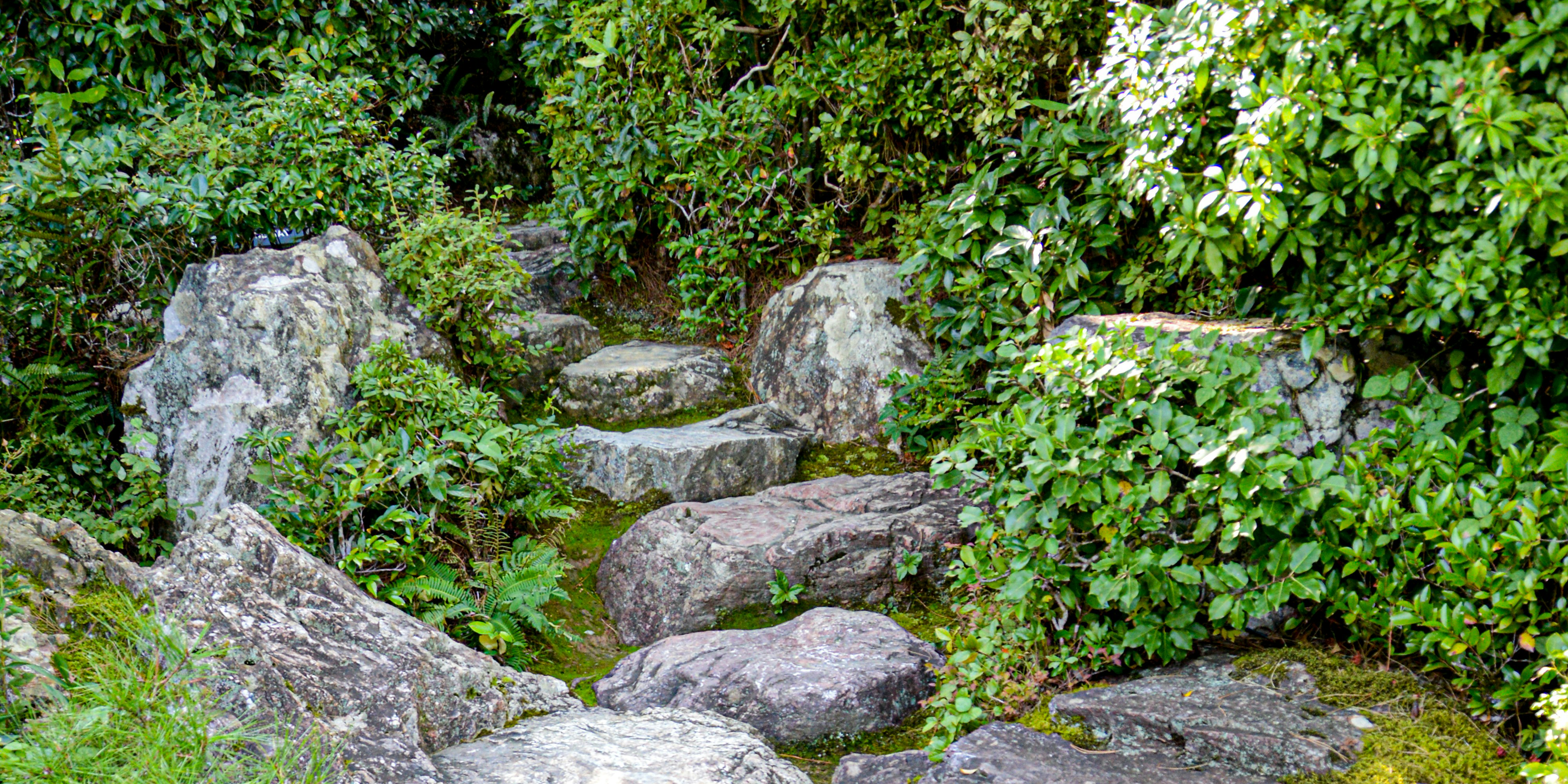The South African energy crisis continues...
As I write this, we are in Stage 6 load shedding. The South African energy crisis continues.
It is too late to debate why and how this happened. We need to look forward to how we can alleviate the situation and broaden the country’s energy mix. Much has been written about the Just Energy Transition and renewable energy projects – predominantly solar and wind technology and to some extent, green hydrogen. Very little is written about waste-to-energy.
With diminishing landfill airspace capacity, a strong focus on zero waste to landfill disposal from both a legislative, corporate and public perspective and the development of circular economy business models, waste-to-energy solutions could address both our energy and waste challenges.
In addition to this, the traditional business model and mindset of take-make-dispose is unsustainable. Global population growth creates greater pressure on our natural resources from both an energy perspective and environmental impact. The ratio is simple – the more people there are: the more waste there is. The more waste we have: the more damage we do to the planet and our own livelihoods. We need to change the way we think and operate.
It is estimated that South Africa generates approximately 122 millions tons of waste per year, most of which is disposed of to landfills. It is also estimated that South Africa’s waste is worth around R25 billion per annum, and around R17 billion of this value could ultimately be used as secondary resources back into the economy.
It is here that the concept of the ‘circular economy’ comes into play. The circular economy model offers significant opportunities to deliver on more inclusive economic growth, and that the opportunities and positive environmental practices created by the model are vital to sustainable business practices. Ultimately, a circular economy is good for people, the planet and profit.
Essentially, in the circular economy, all unnecessary waste materials are stripped out, which in turn means less consumption of energy and raw materials, while also opening the possibility of these resources being fed back into the cycle. More crucially, it creates an opportunity for businesses to optimise their own waste streams for use in their own or other industries. In this way, additional cost savings or revenue generation is coupled with the protection of the environment.
Various waste beneficiation initiatives are underway but waste to energy is still a relatively new concept in South Africa even though, on a small scale, some plants have been successfully operational for many years.
There are a variety of processes available to convert different waste types to energy such as thermal, biological and physical.
Thermal destruction technologies recover energy in the form of gas or steam to generate power. Such plants can not only process municipal waste, but also certain types of hazardous waste, meaning several types of waste can be processed through single system.
Other types of thermal technologies include gasification typically using biomass to create energy and pyrolysis which is also a heating process to create fuel. The waste types currently processed through pyrolysis include rubber, tyres and some plastics.
With the upcoming ban of organic waste disposal to landfill by 2027, there is an increased focus on biological waste to energy solutions such as biogas and anaerobic digestion plants. Energy is created from organic waste, such as food, animal carcasses, agricultural waste and sewage.
Waste to energy
Physical solutions include the conversion of liquid, solid or sludge waste types into a refuse-derived fuel (RDF). Interwaste
It is important to note that all of the above technologies exist globally with proven track records. The business case for waste-to-energy solutions, however, is not simple and is dependent on numerous factors such as the quality, consistency and security of feedstock, the type of technology deployed, the revenue stream potential and the security of energy produced.
Depending on what technology is used, the types of waste being processed and the area of operation, a wide variety of legislative, regulatory and policy frameworks will need to be considered.
The landscape is changing rapidly though, and with our looming energy crisis, waste-to-energy could play a role in a more sustainable energy mix in future. As opposed to wind and solar solutions, even though waste-to-energy costs more to produce, the plants can operate 24/7 providing a consistent base load with the additional benefits of reducing environmental impacts and costs of waste disposal.
The circular economy is about designing waste out of the system, and these types of waste-to-energy solutions are ideal for achieving such an aim, while at the same time adding energy - which is increasingly in demand - back into the system.
Sign up for priority access to the latest waste stream innovations, news and legislation changes.




SUBMIT YOUR COMMENT